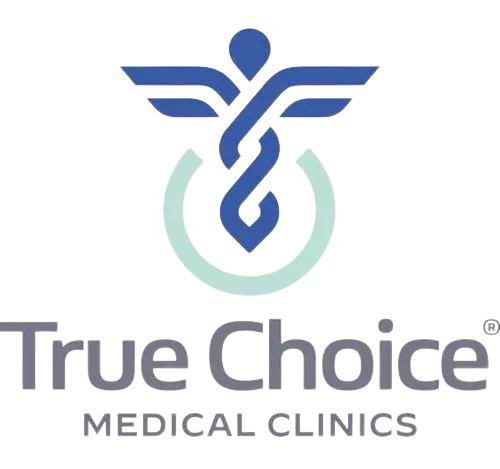Abortion Pill Statistics
- By 2030 chemical abortion is on trend to exceed surgical abortions in America. Sadly, with the onset of COVID-19 this benchmark could be passed well before 2030.
- Since its approval, the abortion pill has killed 3.7 million preborn human beings, and the U.S. Food and Drug Administration reports the deaths of at least 24 women.
- Researchers found the complication rate to be 5.2% for women who took the abortion pill compared to 1.3% for women who underwent first-trimester surgical abortions.
- Coincidentally, major complications occurred for the abortion pill at a rate of .31% while major complications occurred in first-trimester surgical abortions at a rate of .16%.
- In addition to these overwhelming statistics, there are many physical, emotional and spiritual side effects that women aren’t prepared for before making the decision to end the life of their preborn child.
Medical Abortion Physical Side Effects
The abortion pill, Mifeprisone, carries 4-5 more complications for infection, undiagnosed ectopic pregnancy, failure to abort (women can still remain pregnant when abortion pill fails) and bleeding which will ultimately lead to emergent surgical intervention.
The abortion pill has 4-5x likelihood of complicaton of hemorrhage, which can last 2 weeks or more
In addition, the abortion pill is an immunosuppressive drug that can increase risks of decreasing the body’s ability to defend itself against many pathogens-such as COVID-19.
Medical Abortion Emotional and Spiritual Side Effects
For some women, the emotional and spiritual consequences of medical abortion can start right away with immediate regret calling abortion pill reversal hotlines from the parking lot of the abortion clinic or within 24 hours of taking the first pill.
For other women, they find themselves full of anger, anxiety and depression and are triggered years down the road only to discover it was a past abortion that they repressed emotionally as a coping mechanism.
Abortion Pill Resources
Every woman should have the information she needs to make the healthiest choice for everyone involved in an unexpected pregnancy.
At True Choice Medical Clinics, we provide a place of safety for a woman experiencing a crisis pregnancy and support her holistically.
We provide nonjudgmental, holistic medical care and promote trust and comfort of our patients.
We provide resources such as prenatal care referrals, classes and future support for men, women and their preborn children.
Please email [email protected] or call our clinic at 858-397-1970 to speak with a patient advocate or medical staff.
Chemical Abortion and Caring for the Abortion Pill Reversal Client (heartbeatservices.org)
https://www.liveaction.org/news/abortion-pill-dangerous-safety-requirement/





